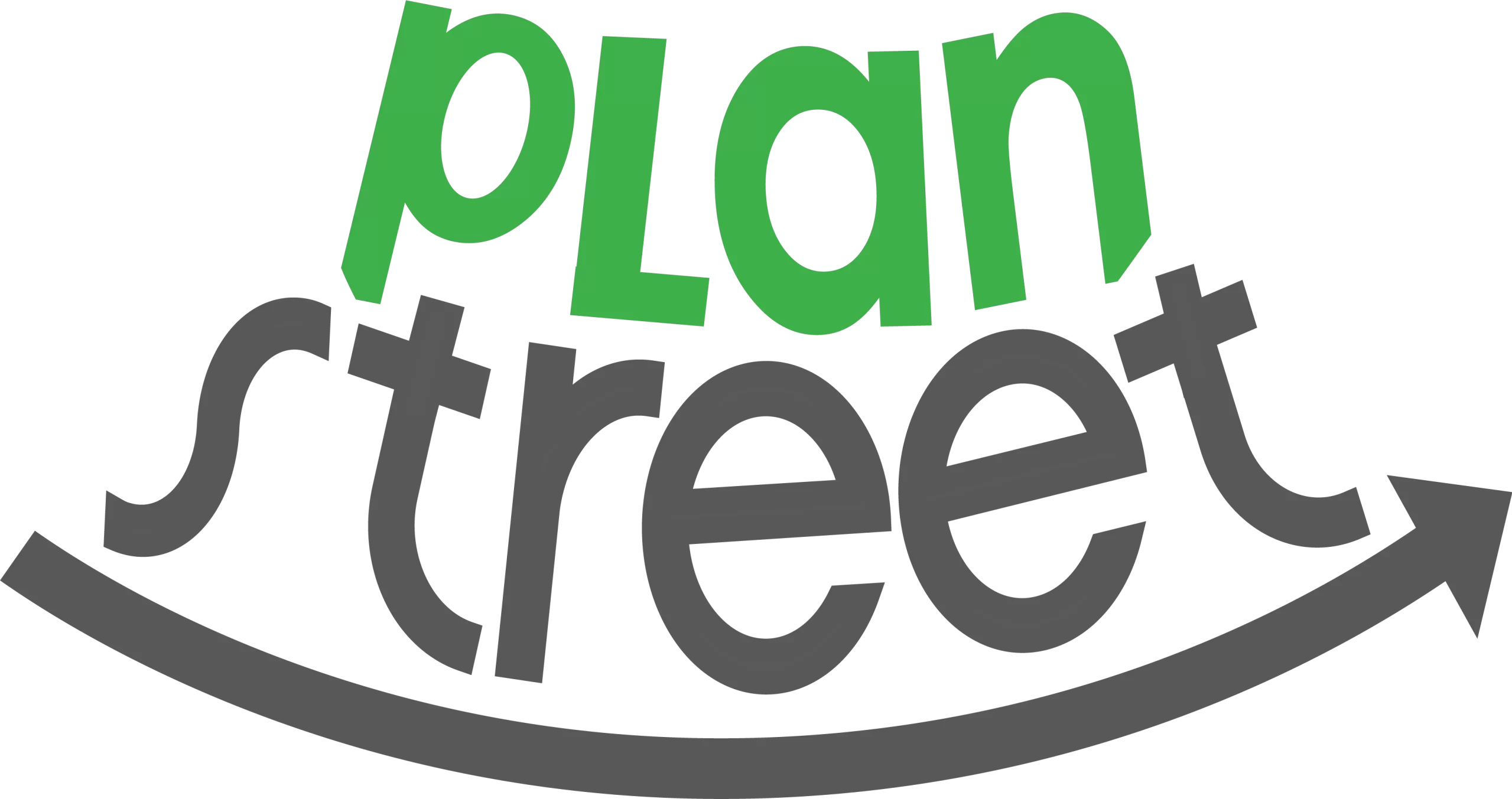Domestic Abuse and its Relation to PTSD and Treatment

There has been an upsurge in public knowledge and mindfulness of mental health wellbeing over the last few decades. Many people think about their health in terms of their physical well-being, and they are compelled to pay greater attention to it when they are experiencing various symptoms. Everyone has at least some concern over their mental health.
Whether it’s mental health issues, mental health wellness, or something in between. Our emotional, psychological, and social well-being are all part of our mental health. It has an impact on the way we think, feel, and act. It also influences how we deal with stress, interacts with others, and make decisions. Mental health is vital at all stages of life, including childhood, adolescence, and maturity. Domestic abuse can alter a person’s ability to maintain their mental health by causing persistent stress, worry, dread, shame, and despair.
Domestic abuse affects more than one in every three women in the United States, according to the National Coalition Against Domestic Violence. Although men are also victims of domestic violence. Physical and emotional abuse, sexual assault, financial control, and psychological actions or threats aimed to injure or manipulate an intimate partner are all examples of domestic abuse. It affects people of all sexual orientations, ethnicities, faiths, sexes, and socioeconomic backgrounds and can strike at any age.
Domestic abuse victims may face a variety of physical and mental health symptoms as a result of their ordeal, including despair, suicidal ideation, panic attacks, substance misuse disorders, and sexual and reproductive health problems. Domestic abuse survivors’ mental scars manifest in a variety of conditions, such as depression, anxiety, or PTSD to name the fairly well-known. Though PTSD and its relation to domestic abuse is still a fairly new concept to the public.
Also Read: The Epidemic of Domestic Violence, and its affect on Homelessness
What is PTSD?
Post-traumatic stress disorder (PTSD) is a psychiatric disease in which a person has trouble recuperating after witnessing or experiencing a terrible incident. Domestic violence is an under-recognized cause that can result from any traumatic experience, such as a war or a tragic accident. According to WebMD, the symptoms of PTSD include,
- “Reliving: People with PTSD repeatedly relive the ordeal through thoughts and memories of the trauma. These may include flashbacks, hallucinations, and nightmares. They also may feel great distress when certain things remind them of the trauma, such as the anniversary date of the event.
- Avoiding: The person may avoid people, places, thoughts, or situations that may remind them of the trauma. This can lead to feelings of detachment and isolation from family and friends, as well as a loss of interest in activities that the person once enjoyed.
- Increased arousal: These include excessive emotions; problems relating to others, including feeling or showing affection; difficulty falling or staying asleep; irritability; outbursts of anger; difficulty concentrating; and being “jumpy” or easily startled. The person may also suffer physical symptoms, such as increased blood pressure and heart rate, rapid breathing, muscle tension, nausea, and diarrhea.
- Negative cognitions and mood: This refers to thoughts and feelings related to blame, estrangement, and memories of the traumatic event.”
Along with those symptoms of PTSD, the mental condition can manifest itself in five different ways.
- Normal Stress Response
While PTSD is triggered by a natural stress response, not all stress responses result in PTSD. People’s reactions to stress and danger are natural; everyone deals with stress in some way. Accidents, injuries, diseases, surgeries, abandonment, and/or excessive levels of tension and stress can all trigger a typical stress reaction. - Acute Stress Disorder
Acute stress disorder, like PTSD, can develop after a severe experience. Symptoms, on the other hand, can appear anywhere from three days to a month after the occurrence. Approximately 6-33% of people can acquire acute stress disorder within one month of a stressful event, according to the Department of Veterans Affairs. Each sort of trauma has a variable rate. - Uncomplicated PTSD
Individuals with this form of PTSD exhibit symptoms similar to those seen in other varieties of PTSD, such as reliving the experience and avoiding locations or persons associated with it. The primary distinction between this one and others is that it does not coexist with other mental health issues like depression. Uncomplicated PTSD is one of the most frequent forms of PTSD, and it responds well to treatment. - Complex PTSD
This form of PTSD is brought on by a series of traumatic incidents rather than a single one. Abuse or domestic violence instances, recurrent exposure to war or communal violence, or abrupt loss are all major causes of complex PTSD. Complex PTSD treatment is a little more intense than uncomplicated PTSD treatment, despite the fact that they share the same symptoms. Borderline or antisocial personality disorder, as well as dissociative disorders, can be identified in people with complicated PTSD. They have issues with impulsivity, violence, substance misuse, and sexual impulsivity, to name a few. Extreme emotional difficulties, such as wrath, despair, or panic, are also possible. - Comorbid PTSD
Co-occurring disorders are referred to as comorbid PTSD. It is used when a person has several mental health concerns. Comorbid PTSD is quite frequent, as many people have many illnesses at the same time. When both the comorbid mental health illness and the comorbid PTSD are treated at the same time, the best results are obtained. Many persons with PTSD attempt to address it on their own. Self-medication and other self-destructive habits are examples of this. Using drugs or alcohol to numb the pain will only make things worse and cause treatment to take longer.
What are Common Treatments for PTSD
Domestic violence victims’ PTSD can be difficult to treat, and there is no one-size-fits-all solution. A mental health expert can help you come up with a treatment plan that addresses your individual symptoms. Victims who are imprisoned in their relationships or who are unwilling to seek treatment because of persistent threats of violence may find it more difficult to obtain or benefit from comprehensive treatment. Furthermore, abuse victims frequently have more than one mental health disorder, such as depression, addiction, or suicidal thoughts, making PTSD a substantial contributing factor more difficult to identify. When PTSD is correctly identified, it can be successfully treated.
Cognitive-behavioral therapy (CBT) is a type of treatment that can help victims cope with the trauma of their ordeal. People who have been victims of domestic violence can benefit from a variety of CBT techniques. We can focus on therapies that help people feel safe, regulate their emotions, become more assertive, manage loss and life transitions associated with leaving an abuser, and cope with despair and anxiety, depending on the individual. Other forms of therapy include prolonged exposure therapy, stress inoculation therapy, and medication.

